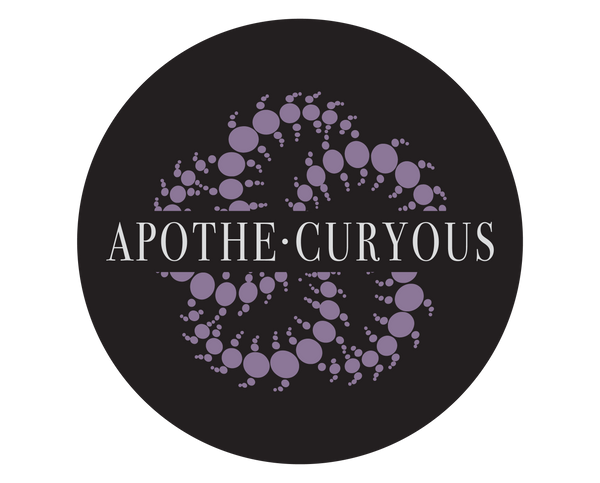What's with the Tooth Powder?
Have you ever heard of a dentist telling a patient to stop brushing so hard? I think on some level we know that something has to scrub teeth to get them clean, and since tooth paste is so smooth, people take it upon themselves to do the scrubbing. With tooth powder a certain amount of abrasiveness is present in the formula and you can give your tooth brush (and gums) and break.
Tooth powder has been used for many millennium, starting with ancient Egyptians in 5000 BCE. They used a combination of powdered ox hooves, burnt egg shells, dried Iris flowers, and pumice. Ancient Greeks and Romans made tooth powders with crushed bones and oyster shells, while ancient Chinese included Ginseng and mint. Read more about the history of toothpastes and powders here: http://www.colgate.com/en/us/oc/oral-health/basics/brushing-and-flossing/article/history-of-toothbrushes-and-toothpastes
While tooth powder has ancient roots, modern people are less accustomed to it. Clearly most ingredients used in ancient times were quite abrasive and it was the Persians in 1000 AD who first cautioned against using overly abrasive tooth powders due to concerns about damaging enamel.
Tooth powder, developed by doctors, dentists, and chemists, was introduced into the British market in the 1700's. In the early 1800's a dentist, Dr. Peabody, added soap to tooth powders for extra cleaning power. By the 1850's chalk was added and tooth powder became available as a cream for the first time. In 1873 Colgate was the first to offer commercially available tooth paste that had a pleasant smell and taste. By the end of that century it was available in a tube, similar to what we see today.
Sodium lauryl sulfate replaced soap in toothpaste around the second world war. Sodium Lauryl Sulfate is a foaming agent added to many personal care products, including toothpaste. It gives the sense of clean because it foams, similar to soap or shampoo. While Sodium Lauryl Sulfate (SLS) is derived from a natural substance (coconut) the manufacturing process leaves it contaminated with a carcinogenic byproduct. Read more about SLS here: http://articles.mercola.com/sites/articles/archive/2015/09/09/toxic-toothpaste-ingredients.aspx
Toothpaste as we know it has only been in use in the United States since soldiers who fought in Europe during World War II came home. They had experienced tooth paste while in Europe and developed a liking for it. Now tooth paste is far more common than tooth powder in the US.
What exactly is added to the active ingredients in toothpaste to give it the gel or paste consistency? Many toothpastes, including natural options, contain Glycerine which coats teeth with a film that may prevent mineral absorption. It is suggested that it takes up to 20 rinses to remove glycerine from the teeth after use of a standard toothpaste. Starting in 1914, Fluoride was added to most commonly available toothpastes as it is considered to be beneficial for strengthening teeth and preventing tooth decay even though fluoride is more toxic than lead and slightly less toxic than arsenic. Learn more here: http://www.globalhealingcenter.com/natural-health/fluoride-named-neurotoxin-medical-journal/
Apothecuryous offers two different tooth powders, Activated Charcoal Tooth Powder in several flavors or Pearl's Pride Tooth Powder for sensitive teeth and gums. These tooth powders are free of additives, chemicals, fillers, and by-products that are all too common in conventional oral care options. Apothecuryous is committed to complete transparency and lists all ingredients on labels including their common names.




